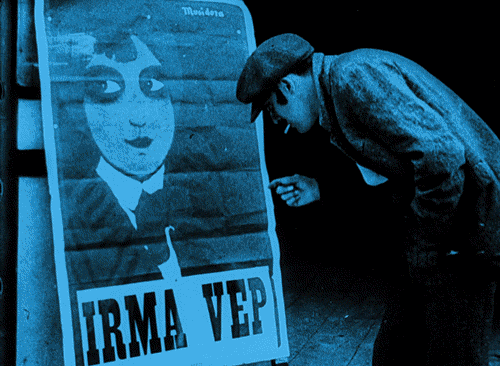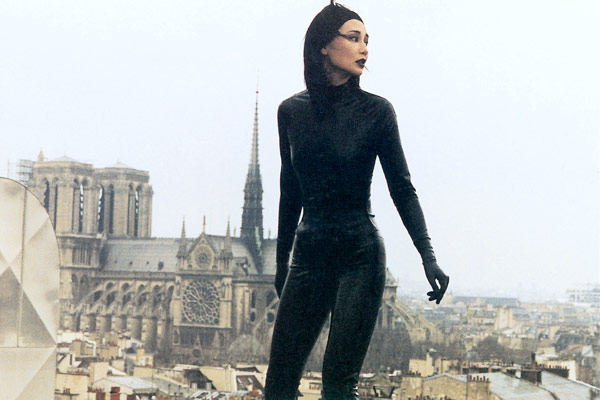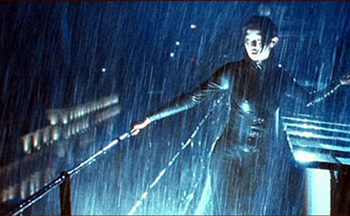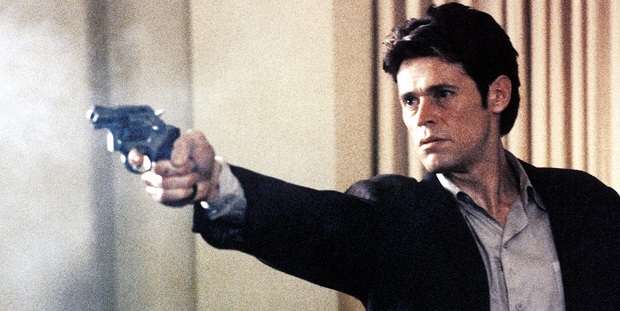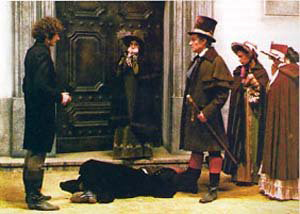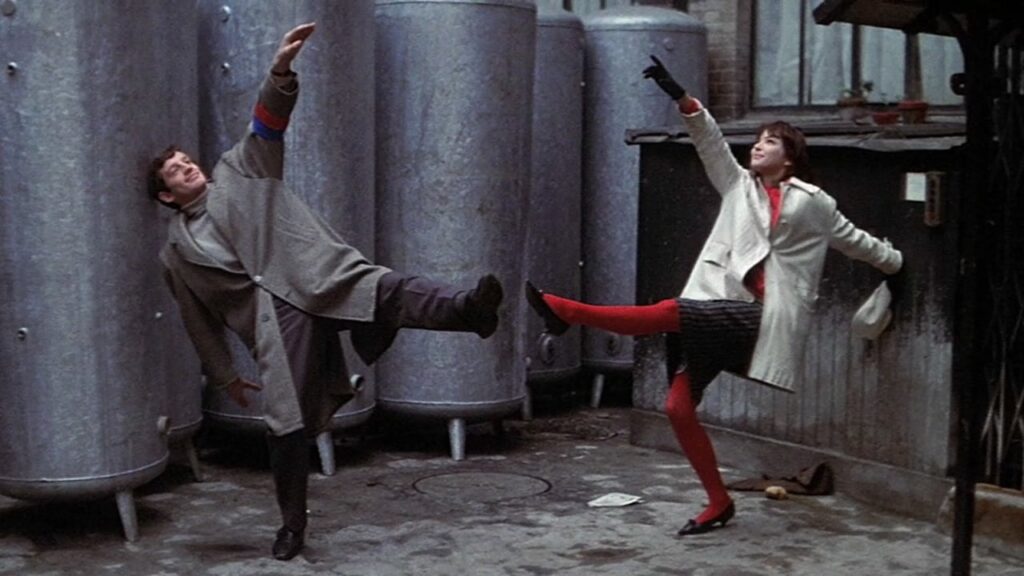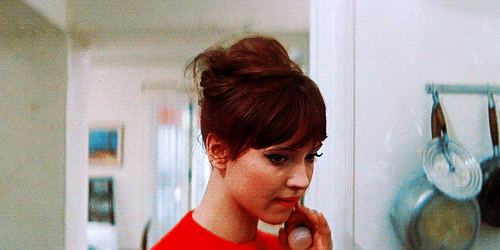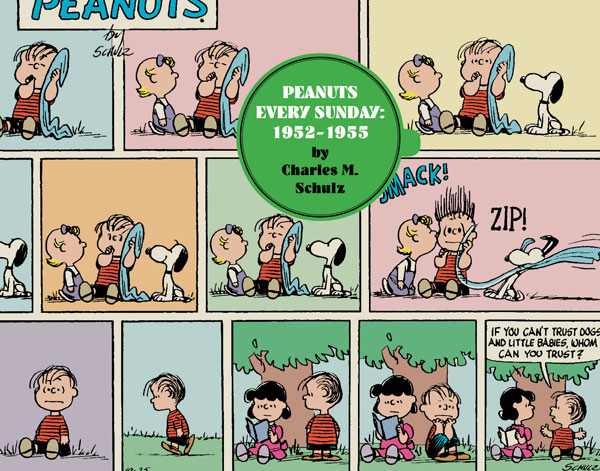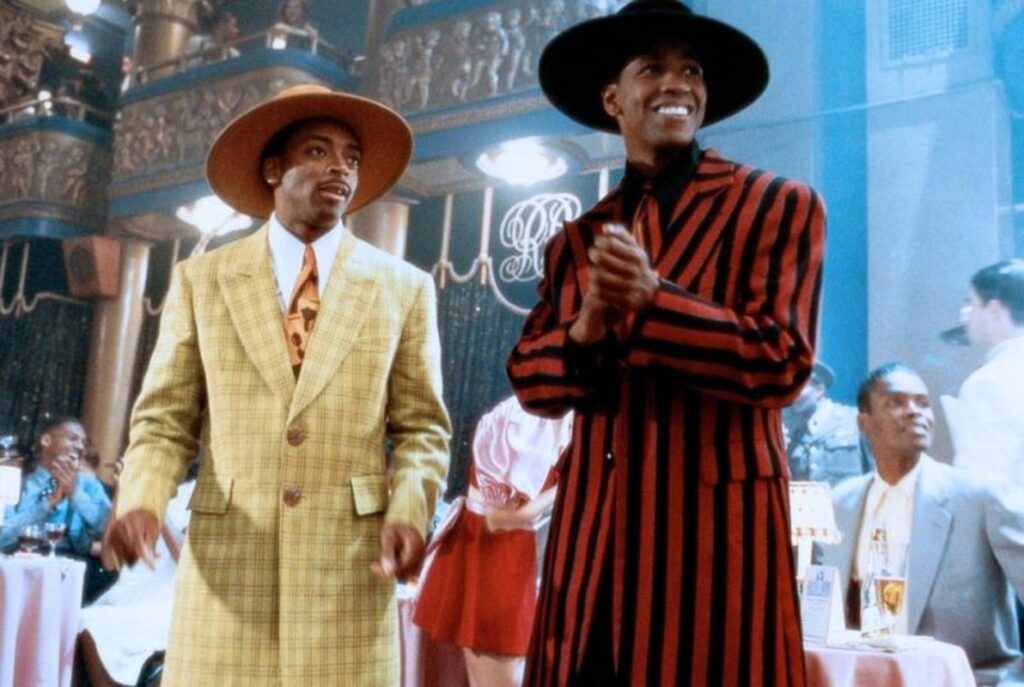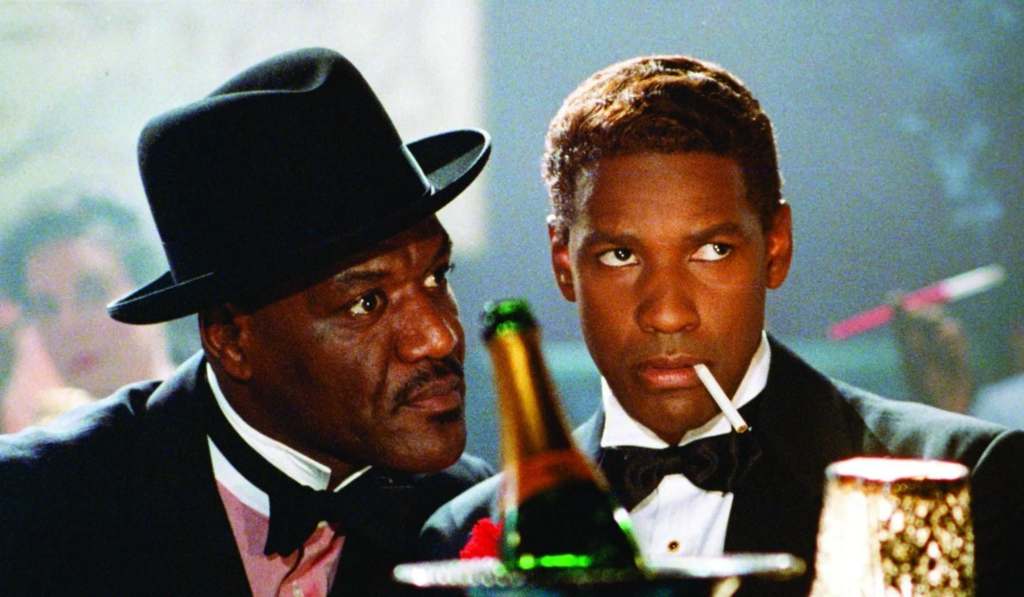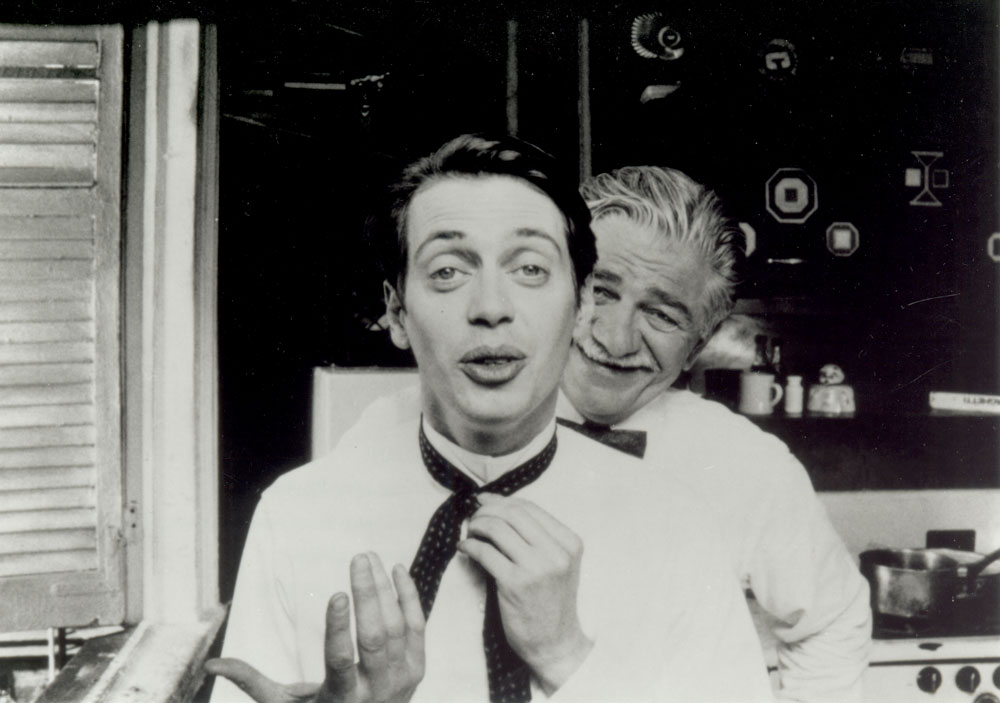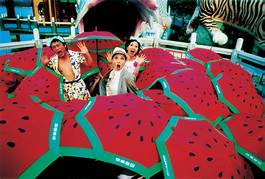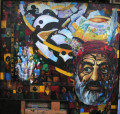From the June 13, 1997 Chicago Reader. July 17, 2022: I’ve just belatedly caught up with the first six episodes of Assayas’s Irma Vep miniseries, and even though it’s much lighter fare than the feature, I’m fascinated by the way he mixes in autobiographical and/or pseudo-autobiographical elements in this remake of a remake. — J.R.
Irma Vep
Rating ****
Directed and written by Olivier Assayas
With Maggie Cheung, Nathalie Richard, jean-Pierre Léaud, Lou Castel, Dominique Faysse, Bulle Ogier, Arsineé Khanjian, and Antoine Basler.
The whole point is that the world is constantly changing, and that as an artist one must always invent new devices, new tools, to describe new feelings, new situations….If we don’t invent our own values, our own syntax, we will fail at describing our own world. — Olivier Assayas, in a letter to critic Kent Jones
Like many other eras, ours is not inordinately fond of examining itself, and any movie that does that work for us risks being overlooked, resented, or simply misunderstood. Hou Hsiao-hsien’s Taiwanese Goodbye, South, Goodbye, one of the major films at Cannes last year to perform this task, was greeted mainly by bored puzzlement. But a Peruvian film critic in Chicago a few weeks back mentioned to me that this movie told him more about what was happening in contemporary Peru than any other he’d seen — which suggests that our awareness of global capitalism’s recent activities may be more germane to appreciating certain movies than their particular nationalities. Read more

